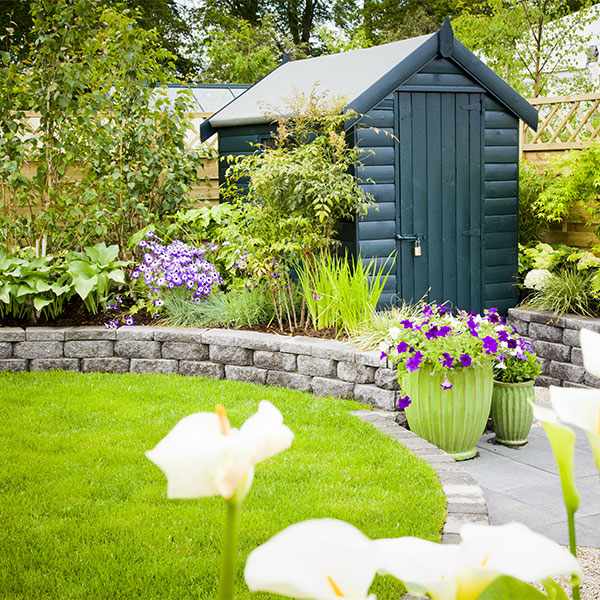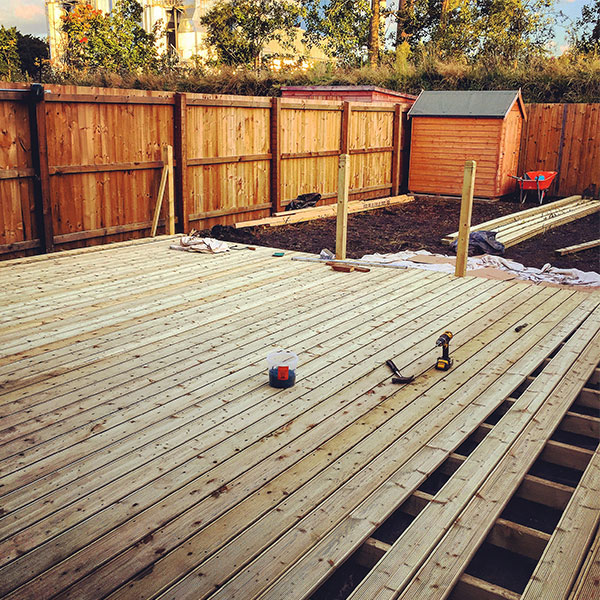The quick way to find a local Garden Design specialist
This page has everything you’ll need to know about finding and hiring a local garden designer.
Post your job for free. Read reviews, get quotes, and see tips on hiring the right person.
Browse Garden Design specialists
Take a look at our Garden Design specialists profiles, read reviews and request quotes directly.
Garden Landscape Design Companies | Find Landscape Design Services Near You
Below you’ll find information to help you understand the different elements of garden design and the key things to be aware of before you start transforming your outside space. Find some initial ideas to talk through with a garden designer, including making the most of a small garden.
What does garden design involve?
Garden design is about more than mowing a lawn and putting a couple of plants in the ground. A good design takes into account a few key elements:
- How you want to use the space.
- The amount of light the garden receives, and at what times of the day.
- The quality of your soil.
For example, you won’t want to put a shed in the best spot for catching a bit of sun, or have a patio that’s entirely in the shade.
A garden designer will help you make the most of the available space, no matter how big or small. They’ll also establish how keen a gardener you are to make sure the finished garden is either easy to maintain, or gives you something to get your teeth into – if you’re the green-fingered type.
Cost of garden design work
The cost of the work will depend on what you’re having done and the size of your garden, but prices tend to start at around £200. A good garden designer will discuss what you want to get out of your garden and ask you about your budget before coming up with ideas.
Low maintenance garden ideas

- You can stop a garden from looking untidy by dividing it into small sections. Plants, hedges, low walls and raised beds give a sense of order. Paths made from wood chips, slabs or bark help prevent weeds.
- Growing plants at different heights can give the illusion of there being more than there are, so you get the look of a fuller garden, with fewer plants to keep healthy. Shrubs, herbs and verbena are low maintenance plant options for adding colour.
- Rockeries and water features don’t need much looking after. Avoid shallow water features to save needing to top them up when they dry out. If you’d like a pond, avoid getting fish as the pH balance of the water settles naturally without them, giving you fewer algae problems so less cleaning time.
- To save cutting the lawn, artificial turf could be your best friend but if you want the real thing and don’t mind doing a little cutting every now and again, slow growing or drought resistant turf could be better options.
Ideas for small gardens
- To create more space, choose similar flooring to the inside of your home when picking the outside tiling.
- Divide a garden into different sections and add diagonal or winding paths. Extending the time it takes to get from one side of the garden to the other will make it feel bigger.
- Laying pavers at an angle to the property instead of parallel will draw the eye across the garden and extend the space.
- Attaching foliaged climbers to wires across areas of your garden will give it an extra dimension.
- Think about growing upwards rather than outwards with a trellis attached to your fence, or a vertical wall made up of climbers, grasses and ferns. A green wall can also help you lower your energy bills through providing more insulation and reducing the amount of heat that’s lost through the wall of your home. When it comes to choosing other plants, pick types that grow upwards like sweet peas and black-eyed susans so they take up less room.
Planning permission for garden design jobs

Planning permission only comes into play when you’re building or installing decking, fences, walls and gates. You’ll need to apply for planning permission if:
- The decking would be higher than 30cm above the ground.
- The decking or other raised platforms would cover more than half of the total area of the garden.
- A fence, gate or wall would be over 2 metres high, or over 1 metre high near a highway that’s used by vehicles (or a footpath next to the highway).
- The fence, gate or wall would form a boundary with a listed building or land.
If you live in a listed building or you have a front garden that you want to pave over, you should check with your Local Planning Authority as different rules may apply.
Insurance for garden design work
While it’s not a legal requirement, it’s a good idea for all garden designers to have public liability insurance so they’re covered for personal injuries or accidental damage to a property.
Questions you should ask your garden designer
- How long have they been working as a garden designer for?
- Can they show you examples of work they’ve carried out?
- Can they give you a scaled design of what the finished garden will look like?
- Do they have public liability insurance and what does this cover?
- Will they give a guarantee for the work and how long does this last? Are there separate guarantees for different plants?
- Does the quote for the work include waste disposal? If not, check with your local council how you would go about getting it taken away.
Get our app for homeowners
- Send messages and get notifications from tradespeople
- Add photos to get more accurate quotes
- View tradespeople's profiles